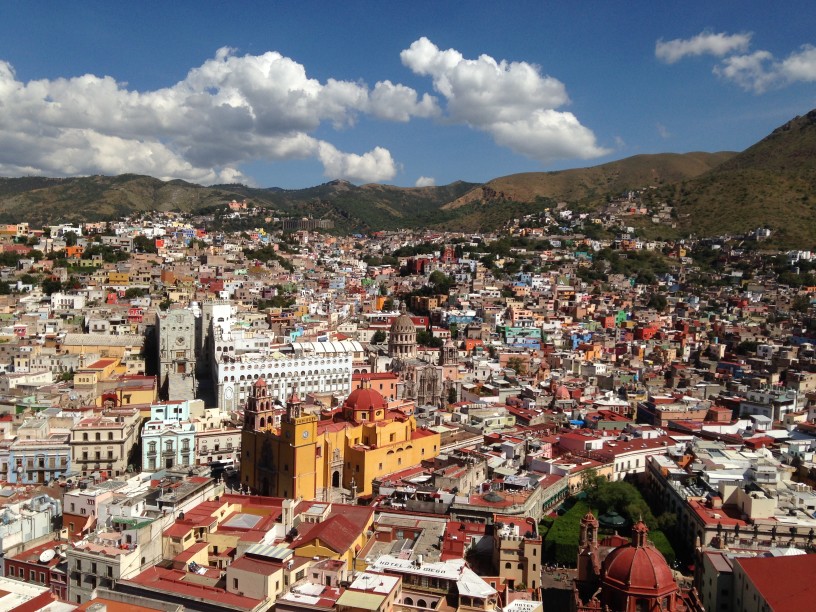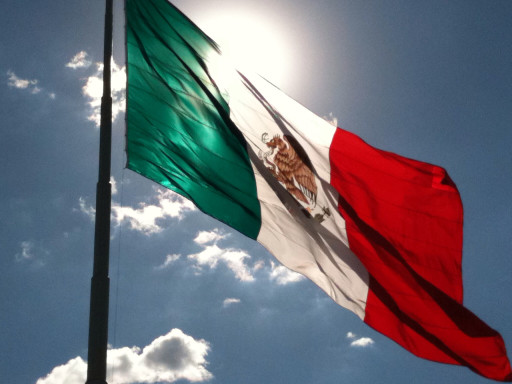Mexico is a Spanish-speaking country that is geographically located in North America. This country lies south of the United States. Guatemala and the Caribbean Sea border the country to the southeast. It is bicoastal and has the Pacific Ocean to the west and south. You can find the Gulf of Mexico to the east of the country. North America is considered the third largest continent on the planet. It is only smaller than Africa and Asia. The United States and Mexico are part of the North America Free Trade Association (NAFTA).
Mexico appears on the surface to oscillate between North America and Latin America. It is essential to identify a country’s correct geopolitical framework correctly. This information is used to explain its behavior and potential for acquiring power. The proper placement is a complex geopolitical issue resolved through an analytical framework. It is currently identified as part of North America. With this geolocation, it is common to place Mexico with South and Central American states. This region is stereotypically referred to as “Latin America.” The area is sometimes associated with this region due to its colonial roots. Mexicans have a significant Spanish-speaking population with much in common with cultural elements like Catholicism. These variables are essential to establishing national identity; however, they do not factor in determining a nation’s geopolitical position.

Geopolitically, Latin America is a region that is grouped despite their fundamentally different situations. The regions in North America which are closest together should be seen as the Western Hemisphere. As then separated into North America and South America. North America contains Canada through Panama. South America is a giant land mass that starts in Colombia and ends in Tierra del Fuego. This location is known as the southernmost point in the Americas.
It isn’t easy to traverse between these two regions for three reasons. The Mexican state of Chiapas is next to Panama and is extremely narrow. The area is known for its dense tropical forests. Mexico is on the side of the region that shares an extensive land border with the United States. When looking at it strictly geographically, Mexico lies firmly in North America. Given that it is isolated from South America, it is challenging to integrate the country into another continent.
North American countries are typically bicoastal. This unique characteristic adds weight to the argument that Mexico is in North America. Mexico has direct port access to both the Atlantic and Pacific oceans. These ports were established historically to provide faster access to European markets. The Atlantic Ocean was the preferred route to improve the country’s ability to benefit from trade. In modern times, a bi-coastal country can also benefit from the emerging Asian markets and Pacific Ocean trade. Mexico currently exports 80 percent of its products to the United States. There is room for expansion; however, the main reason is that Mexico is directly next to the United States. This geographic characteristic of the U.S. makes it difficult to argue that they are on different continents. When you compare the two regions, you will find that none of South America’s major economies are bicoastal.
Placing Mexico in North America has enormous geopolitical consequences. George Friedman best describes this problem. In his book “The Next 100 Years,” he argues that the centers of gravity in the geopolitical system gradually shift over time. You can expect one cycle to last about 500 years. The European Epoch was a cycle that started in 1492 through to 1991 when they found the Americas. The continent of Europe at this time rotated power between countries. Once Germany fell, the center of the world’s geopolitical system shifted to North America. The region’s dual ocean access helped make North America the dominant power.
Mexico is a part of North America because, in 1800, Mexico had more territory and a more robust military than the United States. Within the current American era, power transferred from Mexico to America. Before this period, in the late 18th century, the Spanish were in control of the Mexican territory, reaching over to North America’s heart.
Mexico contributes to the potential power of North America in the long term. Mexico is placed in North America because, during the era of a continent, the administration could easily rotate between different countries. As Mexico’s location allowed it to add to make North America a larger population, it also made the continent a resource-rich territory.

FAQ
Why is North America and South America divided?
The Isthmus of Panama is the dividing point between North America and South America. This land is very narrow and used as the border between the two regions. These continents are separated into two large landmasses within the Western Hemisphere.
How is the American continent divided?
The Americas are made from North America and South America. This is a single continent divided into three subcontinents.
Is Central America a part of North America?
Central America is the South of North America. This region is much smaller and lies between Mexico and South America. The area contains countries such as Panama, Costa Rica, and Nicaragua.
Where are the continental divides?
The Rocky Mountains crest is the most famous continental divide. Within North America, you can also drive through British Columbia and along the British Columbia to see the continental divide. These areas are where continents are separated.
What does the Continental Divide?
Continental divides are found on every continent. A commonly visited Continental Divide in North America is known as the Great Divide. It separates the water that runs toward the Pacific, Atlantic, and Arctic Oceans. This area runs through North and South America.







































